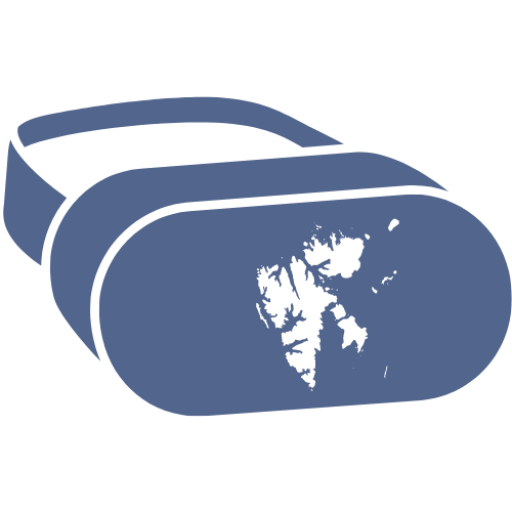1. The project
The digitazation of svalbard though Digital Outcrop Models (DOMs) and Virtual Field Guides (VFG) is an on going effort of my PhD project to bring Svalbard’s unique environments to the classroom.
Most research on higher education pedagogics has focused on learning that occurs in the classroom, laboratory, library, computer room, or online. In geosciences, however, another location is equally or even more important: Field-based learning. “Field” in geosciences higher education can be defined as any environment where supervised or unsupervised teaching and learning take place through first-hand experience outside the limitations and context of the classroom (Lonergan & Andresen, 1988). It is a venue where students get the opportunity to study natural phenomena by performing observations of geological structures in open systems, encouraging practical and higher-order thinking skills that leads to a deeper understanding of theoretical classroom teaching via active learning embodied experiences (Kolb, 1984; Bransford et al., 1999).
Field-based learning is known to enhance geological understanding, it pushes students across important thresholds concepts by improving 3D spatial awareness and thinking skills.
However, despite all positive social and learning outcomes, field-based learning has also been discussed as a learning activity that imposes challenges to those willing to participate. Factors involved in the reduction of field trip offerings include the cost of liability insurance and the increased budgets necessary to support student, staff, and faculty salaries (Baker, 2006; Boyle et al., 2007; Selby and Davis, 2014). Field activities are also avoided due to logistics, variability in instructor experience and knowledge, and safety concerns (Garner and Gallo, 2005; Baker, 2006; Boyle et al., 2007; Selby and Davis, 2014: Lei, 2015). The physical rigor of most field activities significantly limits access to students with mobility and sensory disabilities (Atchison and Feig, 2011; Atchison and Libarkin, 2013; Gilley et al., 2015). Financial challenges are not limited to institutions. Many colleges and universities require additional course fees for field trips; summer camps typically cost over $2000 not including costs associated with travel and required field equipment (Baker, 2006; Selby and Davis, 2014). The need to charge students raises questions of equity and fairness (Kent et al., 1997; Boyle et al., 2007). Students working in the field, especially novices, may also have to deal with a unique set of challenges referred to as novelty space, which encompass cognitive, psychological, and geographic variables that can negatively affect learning (Orion and Hofstein, 1994). The cognitive variable presents challenges of previous knowledge, concepts, and skills required during the field activity; the psychological variable presents challenges associated with attitude, stress, fear, fatigue, hunger, and thirst; the geographic variable presents challenges such as unfamiliarity of the field area, trail conditions, harsh weather conditions, and rest room availability (Orion and Hofstein, 1994; Elkins and Elkins, 2007).
Because of that, latest technologies, for example immersive technologies, have the potential to overcome some physical limitations and virtually deliver field site experiences that can potentially improve field-based learning, the so-called immersive Virtual Field Trips (iVFT) (Gonzaga et al, 2017., Klippel et al., 2019, Horota et al., 2020, Horota et al., 2022).
2. Aims and relevance
Therefore, the main objective of my PhD project is to provide an overview of field-based learning in Norway and Svalbard, focusing on developing pedagogical experiments using immersive and non-immersive technologies to provide field activities for courses of the departments of Arctic geology and Arctic geophysics at UNIS.
For this AFG project I have two main objectives: 1) to generate web-based Virtual Field Guide (VFG) teaching materials for key geoscience field learning locations in Svalbard and 2) to teach the academic geoscience instructor on how use the ones from Svalbard, here Hopen, in their own teaching. The generated learning material will provide students access to virtually familiarize themselves with Svalbard’s unique field environments and as pre- and/or post- physical field trip exercises. We hypothesize that this extended access to field sites before and after field work can improve students’ field learning processes. The generated material will also provide the basis for a thorough evaluation on whether VFGs can contribute to enhance students’ field learning outcomes in Rafael Horota’s Ph.D. thesis
